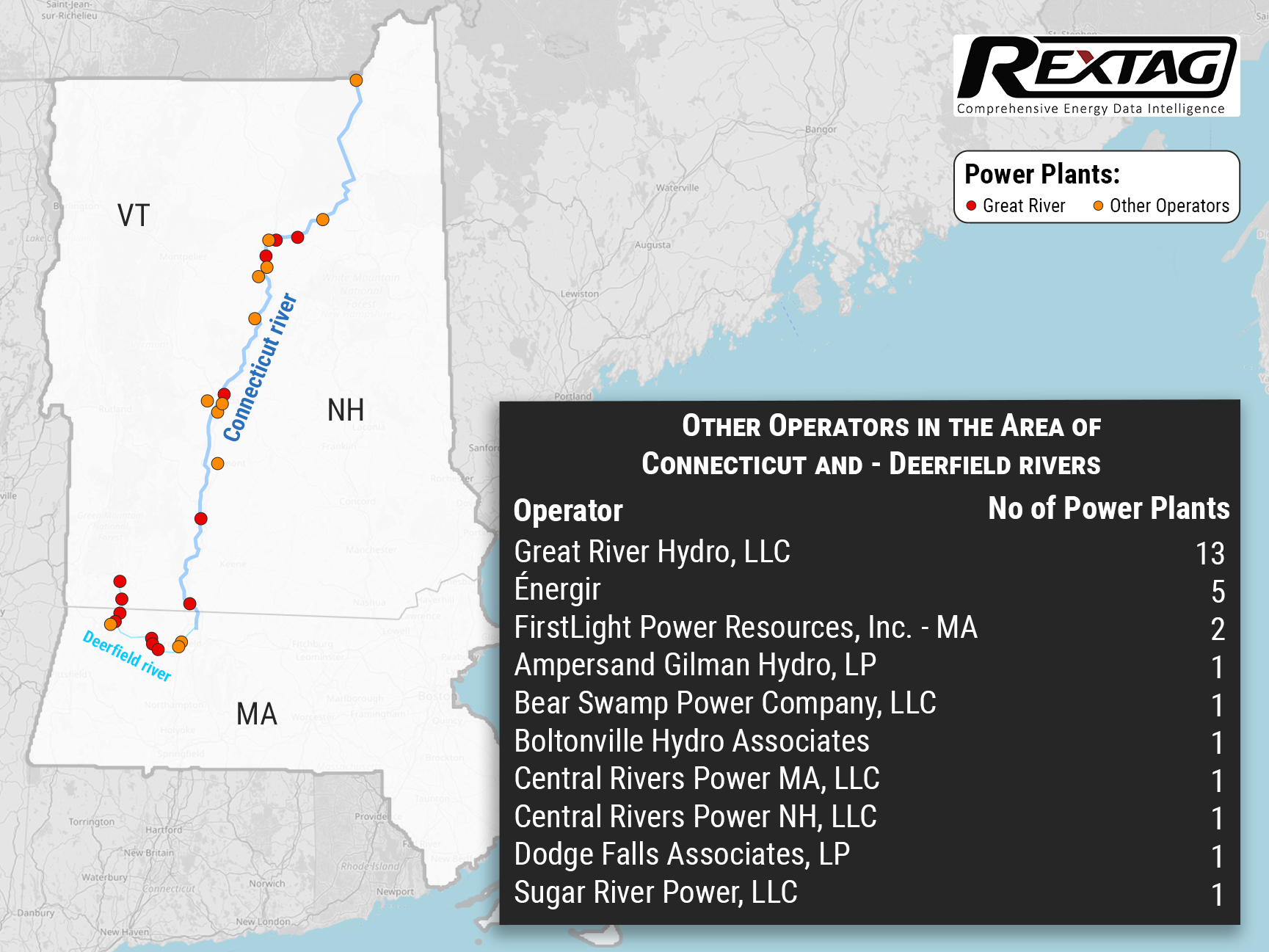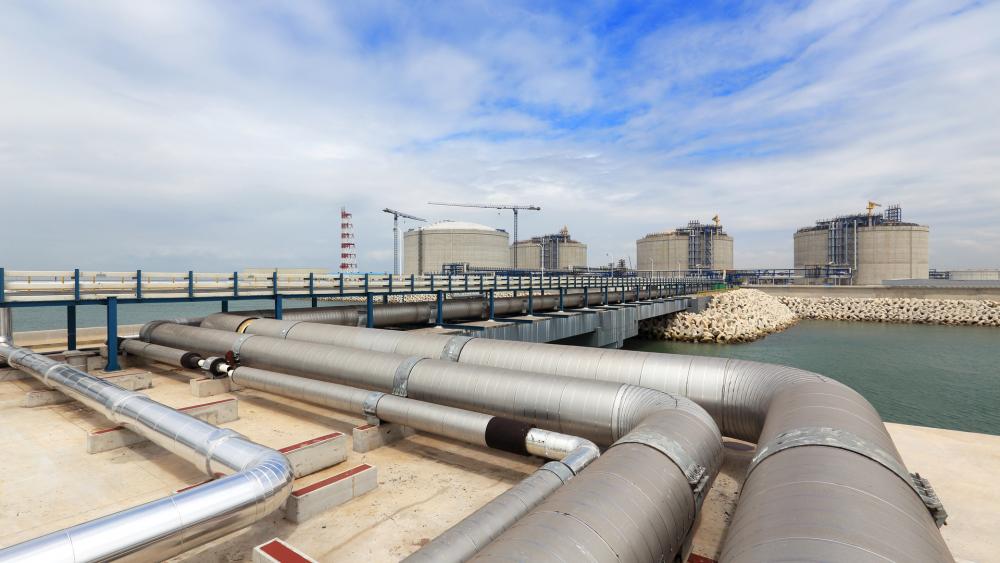Blog
Since days when shale oil and gas technologies were discovered, the U.S. energy industry has been evolving more rapidly than ever before. Many changes are amazing especially when you put them on an industry map. At Rextag not only do we keep you aware of major projects such as pipelines or LNG terminals placed in service. Even less significant news are still important to us, be it new wells drilled or processing plants put to regular maintenance.
Daily improvements often come unnoticed but you can still follow these together with us. Our main input is to “clip it” to the related map: map of crude oil refineries or that of natural gas compressor stations. Where do you get and follow your important industry news? Maybe you are subscribed to your favorite social media feeds or industry journals. Whatever your choice is, you are looking for the story. What happened? Who made it happen? WHY does this matter? (Remember, it is all about ‘What’s in It For Me’ (WIIFM) principle).
How Rextag blog helps? Here we are concerned with looking at things both CLOSELY and FROM A DISTANCE.
"Looking closely" means reflecting where exactly the object is located.
"From a distance" means helping you see a broader picture.
New power plant added in North-East? See exactly what kind of transmission lines approach it and where do they go. Are there other power plants around? GIS data do not come as a mere dot on a map. We collect so many additional data attributes: operator and owner records, physical parameters and production data. Sometimes you will be lucky to grab some specific area maps we share on our blog. Often, there is data behind it as well. Who are top midstream operators in Permian this year? What mileage falls to the share or Kinder Morgan in the San-Juan basin? Do you know? Do you want to know?
All right, then let us see WHERE things happen. Read this blog, capture the energy infrastructure mapped and stay aware with Rextag data!
Hydro-Québec to acquire Great River Hydro With 13 hydropower generating stations in New England
Vermont Business Magazine HQI US Holding LLC, a wholly-owned subsidiary of Hydro-Québec, concluded the agreement to purchase Great River Hydro, LLC, which possesses 13 hydropower generating stations with a total capacity of 589 megawatts along New England's Connecticut and Deerfield rivers in Vermont, New Hampshire and Massachusetts. The affiliates of Arc Light Capital Partners, LLC is selling Great River Hydro for a price of roughly US $2 billion. The facilities are situated along the Connecticut and Deerfield rivers. Hydro-Québec is the largest single supplier of electricity to Vermont, comparing to the closed Vermont Yankee nuclear power station in Vernon which produces 620 megawatts. Great River Hydro has A 589-MW hydropower fleet, 13 cascading generating stations and 3 storage-only reservoirs along some 310 miles (500 km) of the Connecticut and Deerfield rivers. Moreover, its annually supply has enough energy to power over 213,000 homes in New England. One fifth of the energy generated is subject to long-term supply contracts, guaranteeing revenue stability. Land holdings of almost 30,000 acres (12,140 hectares), allowing for the possibility of various renewable energy projects.
Momentum Midstream Becomes a Leader in Haynesville Due to Latest Acquisitions
Houston-based company Momentum Midstream LLC on September 22 purchased Midcoast Energy LLC’s East Texas business from an affiliate of Arc Light Capital Partners LLC and Align Midstream LLC from Tailwater Capital and claimed that it establishes a leading presence in the Haynesville Shale. New Generation Gas Gathering or NG3 project will collect natural gas produced in the Haynesville Shale for re-delivery to premium Gulf Coast markets, including LNG export. Moreover, the NG3 project includes a carbon capture and sequestration component that will eliminate 100% of the CO₂ and accumulate it underground for a long time, creating a net negative carbon footprint. With the combined assets of Midcoast ETX and Align Midstream, Momentum is currently delivering volumes of more than 2 Bcf/d for a diverse customer base composed of producers, utilities, end-users, and LNG exporters. Momentum’s footprint in the Haynesville includes about 3,000 miles of gathering pipelines, 1.5 Bcf/d of treating capacity, 700 MMcf/d of processing capacity, 200,000 HP of compression, and 820 miles of pipelines transporting gas to the Gulf Coast markets in southeast Texas and the Carthage and Bethel markets in East Texas.

.png)
